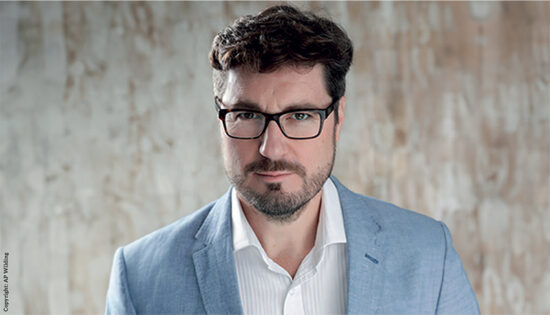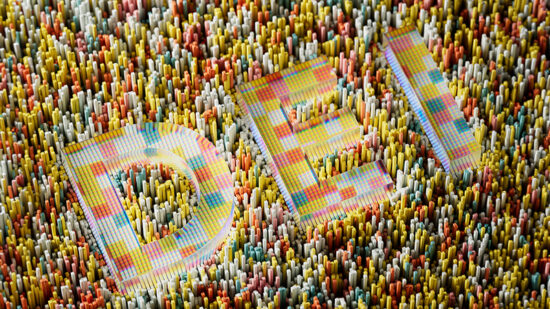The first from HSBC’s Managed Solutions range, the fund offers both a US and Hong Kong dollar share class and is available to retail investors in Hong Kong through an initial public offering lasting from 2 May until 25 May 2012.
HSBC said its Managed Solutions range “provide diversified investment opportunities and flexible asset allocation with an aim to meet specific needs of HSBC customers based on their expected return and risk tolerance”.
The new fund’s portfolio will invest in a wide range of asset classes including dividend-paying stocks, bonds (investment grade, high yield, local currency, emerging market bonds and US treasuries), real estate investment trusts and cash. HSBC said, with a minimum holding of 70% in Asian income oriented assets, the fund “can capture the income and growth potential in Asia without missing other opportunities elsewhere”.
Denis Gould, chief investment officer, Hong Kong, Multi Asset and Wealth for HSBC Global Asset Management, who also manages the fund, said: “Despite a positive outlook for Asia, we expect volatility to continue due to concerns over the Eurozone debt issues and risks to global growth.
“Diversification into different asset classes is important as these perform differently under different market conditions to capture the best value while smoothing volatility. For instance, REITS can be used when the market recovers and cash is king for downside risk control. The recent market corrections have created a potentially attractive entry point for riskier assets, such as Asian high dividend equities, Asia high yield and local currency bonds, as well as global emerging market bonds, which currently offer attractive yields relative to their global peers.”
Minimum investment in the fund is either $1,000 or HK$10,000.








